Rats in New Mexico: Types, Facts, and Tips for Homeowners
-
Jeff Weishaupt
- Last updated:
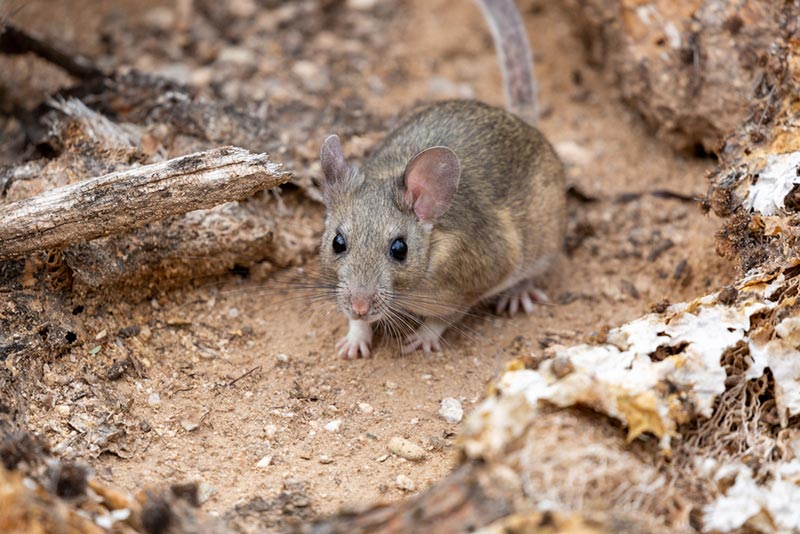
Rats are a common occurrence in New Mexico. These rodents are attracted to homes because they offer food, water, and shelter. While rats may seem harmless, they can be quite destructive. Plus, they can transfer diseases.
If there are rats in your home, it’s important to take steps to get rid of them before they cause serious damage. But before that, you need to know about the types of rats in New Mexico.
The 5 Types of Rats in New Mexico
1. Brown Rat
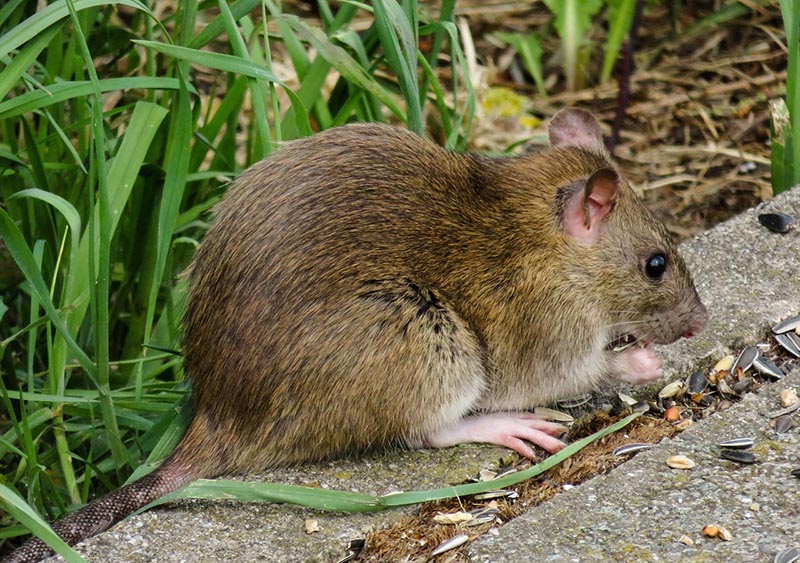
| Lifespan: | 1–3 years |
| Length: | 15–27 centimeters |
| When to See: | January to December |
The brown rat has a pointed nose, long tail, and grey-brown fur. It’s bigger than other types of rats and can be found in urban areas. Brown rats are attracted to garbage and will eat just about anything.
Since they’re omnivorous, they can eat almost everything. They eat human food waste, birds’ eggs, small mammals, seeds, and fruits.
Brown rats are common in cities and towns in New Mexico. They breed quite quickly. A female brown rat starts breeding at the age of three months.
Besides homes, brown rats are present in wetlands, farmlands, woodlands, and freshwater sources. They dig burrows and live in colonies.
2. Eastern Meadow Vole
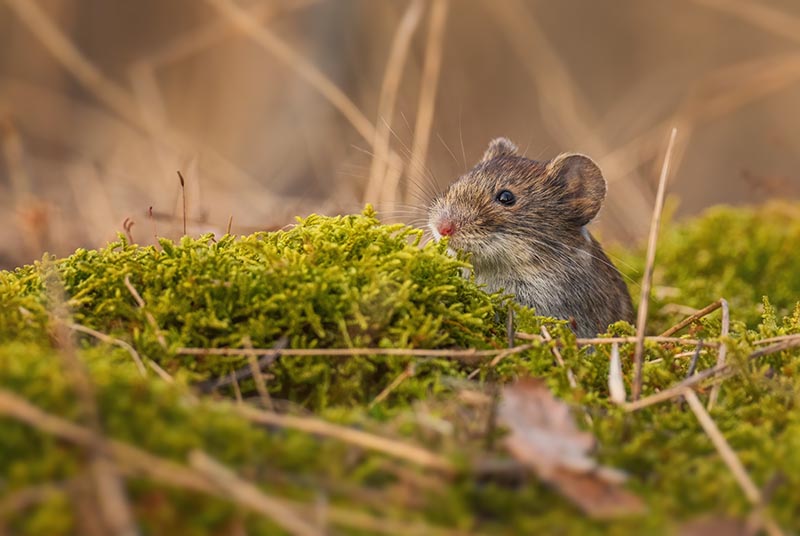
| Lifespan: | 2–16 months |
| Length: | 12 centimeters |
| When to See: | Active year-round |
Eastern meadow voles are commonly known as field mice. They live in old fields, marshes, meadows, and woods. They’re brown or reddish-brown with a light underside. They have blunt noses, small eyes, and furry tails.
Eastern meadow voles are herbivores and eat a variety of plants. Their diet consists of grasses, sedges, goldenrods, and dandelions. These rats are active during the day and night. At night, they’re active under grasses and leaves.
Like the brown rat, the eastern meadow voles are also active breeders. They can have up to eight litters yearly, with four to five rats in each litter. However, most of their young don’t make it past a year.
3. Black Rat
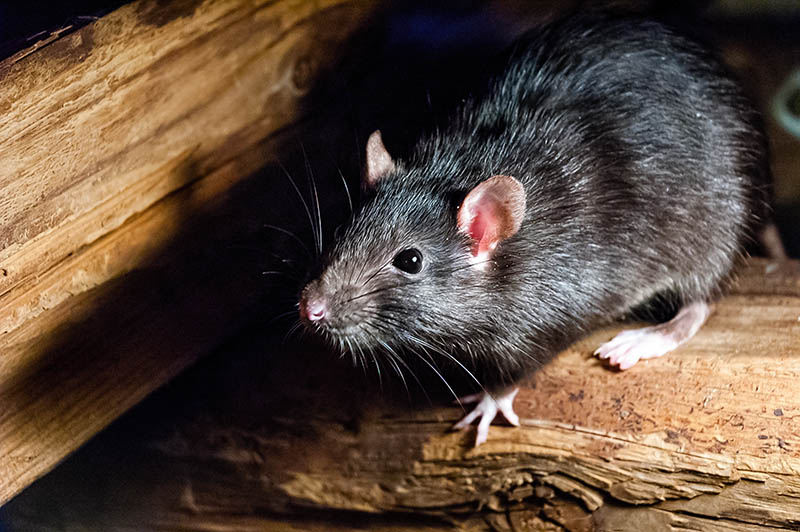
| Lifespan: | 12 months |
| Length: | 20 centimeters |
| When to See: | Summer and Spring |
Black rats are pale grey at the bottom and grey-brown at the top. Some may be fully black or grey with a white bottom.
These rats are found in different habitats, including forests, trees, and buildings. They’re good climbers and often build their habitats in high places.
Black rats are omnivores. They eat everything from crops and fruits to animal remains in feces.
Female black rats are ready for breeding at 3 months of age. An average black rat litter has seven young.
4. White-Throated Wood Rat
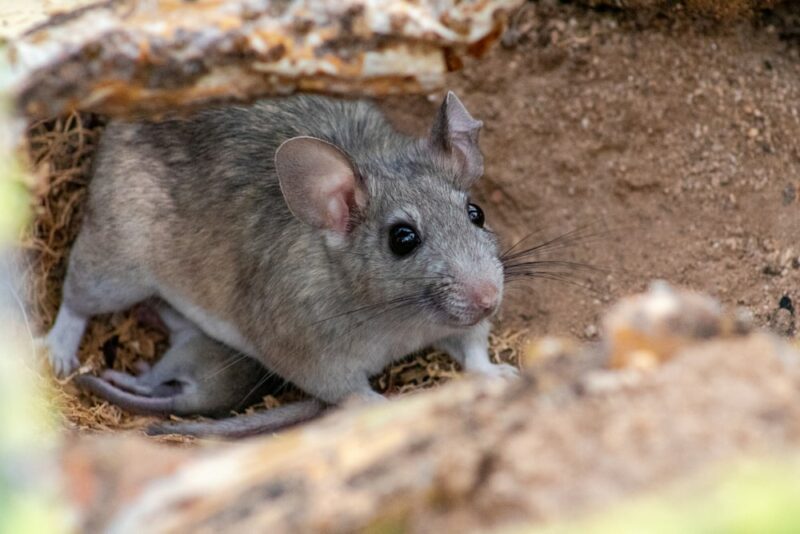
| Lifespan: | Up to 6 years (in captivity) |
| Length: | 18 centimeters |
| When to See: | Active year-round but solitary |
The white-throated woodrat is a nocturnal creature with big eyes and furry tails. Their grey-brown fur has white patches on the throat, belly, and feet. Another name for these rats is packrats.
Since they have large eyes, they can look around easily at night. Meanwhile, larger ears allow them to hear predators coming from a distance.
Woodrats are solitary creatures that live in woodlands and deserts. They build their nests with materials like sticks, leaves, and cacti.
5. Bushy-Tailed Woodrats
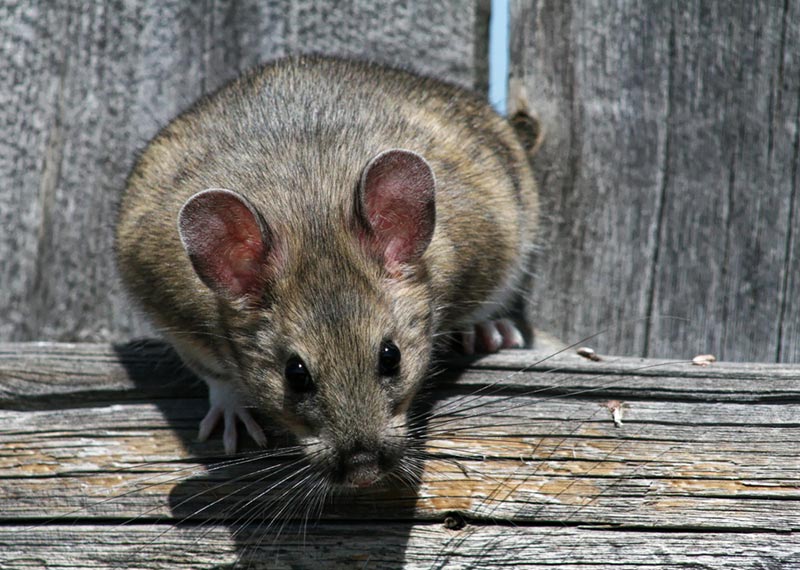
| Lifespan: | 2 years |
| Length: | 21 centimeters |
| When to See: | Active year-round |
Bushy-tailed woodrats have fur-covered ears with large black eyes. Their tail is long and bushy, while the rest of their body is grey-brown.
These rats are active year-round. However, they’re nocturnal, so they’re mostly active at night. They mark their territories through physical confrontations and scent marketing. They leave a scent by urinating and defecating in particular areas.
The diet of a bushy-tailed woodrat consists of conifer needles, berries, fruits, mushrooms, and seeds. They love shiny things and would often hoard them in their nests.
 Tips for Homeowners
Tips for Homeowners
As a homeowner in New Mexico, you should be aware of these species of rats. Even though they’re not as destructive as the Norway rat, they can still cause damage to your property.
- Remove Hiding Places: Rodents tend to hide in dark, secluded areas. Hide any potential hiding places to prevent rodents from taking residence in nooks and crannies. Removing piles of wood, leaves, and debris.
- Keep Your Home Clean: A clean home is less likely to attract rodents. Make sure to sweep, mop, and vacuum regularly. Don’t forget to clean hard-to-reach places like under the fridge and stove.
- Seal All Entry Points: Inspect your home for any cracks or holes. These are potential entry points for rodents. Seal them with caulk or steel wool. You can also use door sweeps to keep them out.
- Limit Moisture: Rats are attracted to places with high moisture levels. To prevent them from entering your home, fix any leaks and keep the area around your home dry. You should also remove objects that gather rainwater. Clean your gutters, repair leaky hoses, and keep the topsoil dry in your home.
A rat infestation is a sign of concern. Rats carry diseases and may also damage structures in your home. Contact a pest control company if the situation gets out of hand. They will help you get rid of the rodents and prevent them from coming back.
Find a pest-control specialist in your area, and get free, no-commitment estimates for your project.Consult a PEST-CONTROL expert

Conclusion
As evident, there are different types of rats in New Mexico. They range from the common brown rat to the cactus mouse. You must be aware of the signs of an infestation and take steps to prevent them from entering your home. You can keep your home rodent-free by following the tips above.
Featured Image Credit: Charles T. Peden, Shutterstock
Contents

